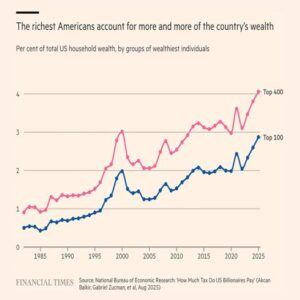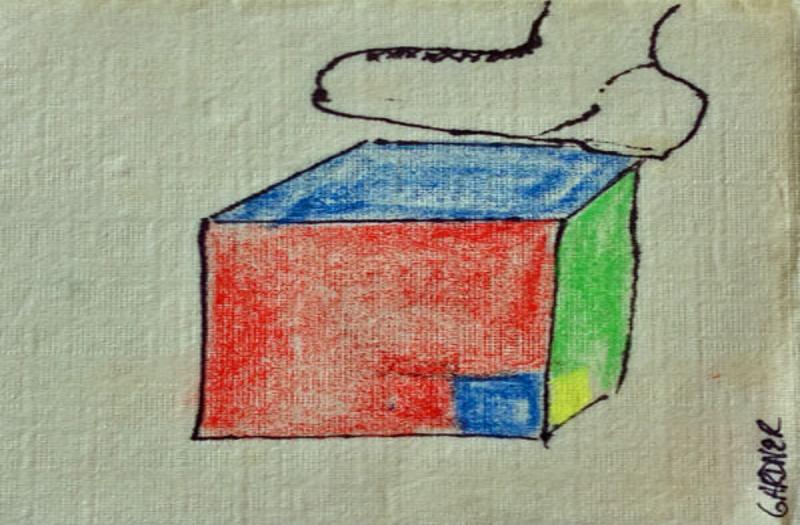The first physics experiment I was assigned in my college physics class was to divide white light into its spectrum, something Newton did three hundred years ago. Nearly two hundred years later Goethe published his Theory of Colors that discussed light in terms of art, philosophy and psychology.
Newton demonstrated that what seemed like a single, pure beam of white light was actually made up of many colors, refracted into the visible spectrum. Diversity works the same way. What looks “whole” or “neutral” (say, a culture or institution) is often composed of many hues, different intensities, traditions, and voices. Inclusion allows each color to shine in its own right while still contributing to the totality of light. Homogeneity suppresses that spectrum It insists that only the “white light” be acknowledged, ignoring or absorbing the colors within The richness of difference is lost in the demand for sameness.
Like white light, wealth is also made up of a spectrum. The difference is that wealth is far less equally distributed than color. Wealth inequality is higher in the United States than in almost any other developed country and has risen for much of the past sixty years. The richest Americans account for more and more of the country’s wealth. The rise in the share of total wealth by the richest Americans is increasing even faster recently especially with the so-called tech titans.

The promise of the Beatitudes that the meek “shall inherit the earth” seems further away than ever. The Beatitudes suggest a vision of equity where the overlooked, silenced, or excluded will one day have a rightful share. It is a recognition that dignity and value are not monopolized by the powerful but spread across humanity. The current assault on DEI mocks this vision. In systems of exclusion, the meek inherit nothing; power and resources become even more concentrated. The Sermon on the Mount becomes not promise but irony when the marginalized are systematically denied.
The story of Babel describes humanity’s attempt to build a tower “with its top in the heavens,” unified by one language and one purpose. God intervenes, scattering the people and multiplying their tongues. Babel can be read not as a curse but as an allegory for the richness of cultural multiplicity. Diversity of languages and cultures prevents a dangerous uniformity of thought and power. It resists hubris. Homogeneity seeks to restore Babel’s “one language, one vision,” suppressing pluralism for control. It sees difference as a threat, something to erase rather than embrace.
Diversity, equity, and inclusion (like Newton’s spectrum) illuminate the hidden richness of humanity They recognize that the meek, long ignored, are part of the inheritance of the earth. They affirm that the scattering at Babel was not fragmentation but an opening into the fullness of human possibility.
Homogeneity, inequity, and exclusion, by contrast, flatten the spectrum back into blinding “white light,” deny inheritance to the meek, and long nostalgically for Babel’s monolithic tower. They offer control at the cost of vitality, uniformity at the cost of truth, and hierarchy at the cost of justice.
The current path of America is away from DEI and toward HIE. It is undemocratic, unscientific, and unchristian. It’s inaccurate to claim anything else. It is what it is.

